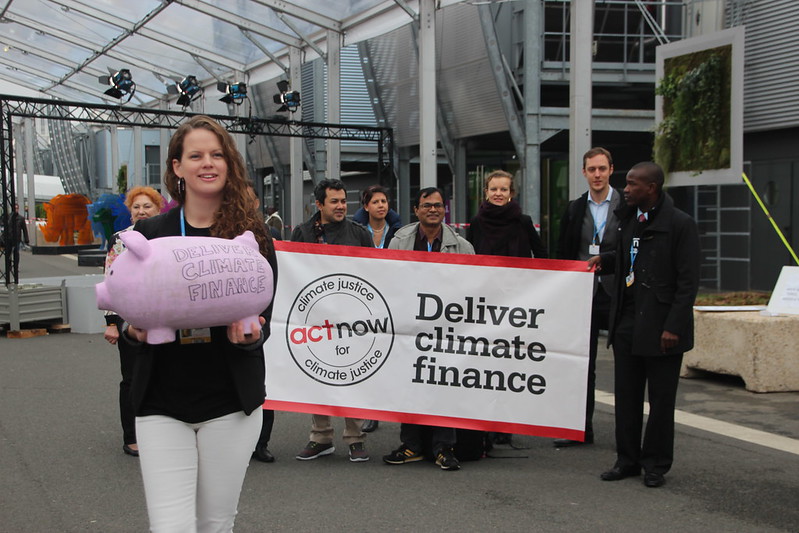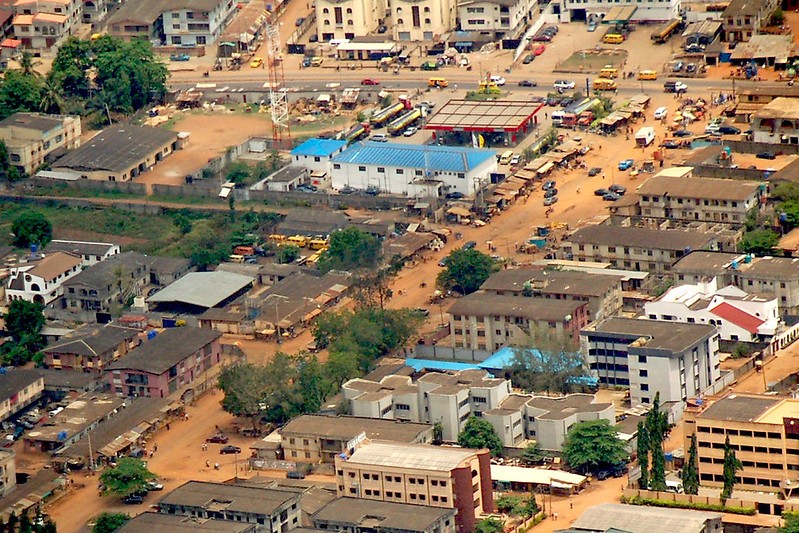The negative impacts of recent economic and climate crises underscore the need to build resilience to future shocks through financial mobilisation, adaptation strategies, and trade policies, writes Mphatso Kumwenda.
The economic turbulence of the Covid-19 pandemic, the Russia-Ukraine war, and a drought during the agricultural season in 2022 have had a negative impact on the Rwandan economy. Services and trade declined by a third across the East African region between 2019 and 2020. In 2022, the war in Ukraine raised the commodity prices that, coupled with poor rainfall, put inflationary pressure on the Rwandan economy, raising inflation to 21.6 per cent relative to the same period in the previous year.
On the Notre Dame Global Adaptation Initiative index which measures a country’s exposure, sensitivity and capacity to adapt to the negative effects of climate change, Rwanda ranks 124 out of 182 countries.
The impacts of climate change on Rwanda’s economy
Over the last 30 years, Rwanda has faced increasing intensity and frequency of extreme climate events like droughts and floods. Extreme events destroy physical capital, reduce labour productivity, have an adverse effect on the economy, and impact the environment. Climate change affects the Rwandan economy through its impacts on tourism, agriculture, growth outcomes, and potential effects on sovereign credit-worthiness.
Nature-based tourism accounts for 80 per cent of Rwanda’s tourism revenue and nature-based tourism is estimated to create 1,328 jobs for every US$ 1 million injected into the economy. In Rwanda, climate change can affect ecosystems, biodiversity, and endangered species, including the famous mountain gorillas, which made up 21.5 per cent of the country’s total tourism revenue in 2019. The tourism and hospitality sector further contributed to 13 per cent of GDP in 2019 and directly created 164,000 jobs.
A high reliance on rainfed agriculture both for the production of food crops and export crops along with an over 50 per cent reliance on hydropower for energy makes the economy highly vulnerable to climate effects. In addition, increasing temperatures influence the suitability of agro-climatic conditions for key export crops like tea and coffee while also altering the prevalence of pests and diseases.
Estimates suggest that the economic costs of climate change will be around 1 per cent of the annual GDP to 2030 and increasing to 2.5 per cent by 2050. The potential impact of climate change on growth rates could further affect the future size of the economy, causing deviations from the intended growth trajectory towards achieving middle income status by 2050 outlined in Rwanda’s Vision 2050.
Credit rating agencies have estimated that climate change would not only have direct impacts on economic performance but could also affect sovereign credit-worthiness associated with increased risk. For example, climate change can affect economic performance, fiscal performance (such as additional budget for disaster recovery and infrastructure damage caused by climate change events), and export performance (including impacts on export commodities).
What can policy do about these vulnerabilities?
Building resilience to climate effects is crucial for Rwanda’s sustainable and inclusive economic growth. Financial resourcing and tax revenues, insurance and risk transfer strategies, social protection and adaptation policies will be essential to achieve resilience.
Adequate financial resourcing is crucial to building resilience and responding to crises effectively and timely, highlighting the need to establish financial buffers. Domestic resource mobilisation is an essential component in building financial buffers and plays a significant role in financing climate action. Higher tax revenues allow for greater fiscal space available to invest in climate related projects, promote renewable energy, and support adaptation strategies. Rwanda’s Medium Term Revenue Strategy suggests reforms aimed at reducing tax evasion, broadening the tax base and improving tax compliance. Implementing these reforms has the potential to bolster tax revenues and provide more resources for climate action.
Insurance and risk transfer products have a vital role in reducing vulnerabilities and enhancing preparedness., These products not only provide financial protection from climate effects, enabling quicker recovery and minimising disruption, but they also serve as a tool for incentivising green investment contributing towards long-term resilience. Given the projected increase in intensity and frequency of climate effects, it is imperative for infrastructure investments to take this into consideration. These include allocating resources towards investments in early warning weather systems, irrigation, upgrading infrastructure and customising building codes, and zoning regulations to counter climate effects.
Climate change will disproportionately affect vulnerable populations. Implementing adaptive social protection measures that facilitate savings, ensure food security, and support livelihood adaptation and diversification helps empower the vulnerable to build resilience and effectively cope with shocks. Adaptation measures help to reduce vulnerability and enhance flexibility and adaptive capacity when a shock occurs.
Nevertheless, the existence of financing gaps as indicated by the disparity between current levels of climate finance versus required financing stipulated in Rwanda’s National Determined Contribution (NDCs), necessitates the prioritising of certain adaptation actions over others. Storm water management, early warning systems, improved transport infrastructure and climate smart agriculture score high among others. However, there are also trade-offs among the options. For example, whereas early warning systems yield significant economic multiplier effects and can be swiftly implemented, they have limited potential for creating high quality jobs or being employment intensive. On the other hand, sustainable land-use management practices exhibit moderate economic multiplier effects but are employment intensive. The table below outlines the rest of the NDC adaptation actions and their characteristics.

The role of trade
Opening up the economy has the potential to transmit both positive and negative shocks. On one hand, trade can propagate and intensify negative external shocks. On the other, it can act as a buffer to external shocks allowing an economy to better respond to shocks. Rwandan exports have grown almost twofold between 2011 and 2019 from 11 per cent to 22 per cent of GDP.
Building long-term resilience to external shocks requires adoption of policies and instruments that address structural weaknesses to Rwandan trade. These measures should focus on increasing diversification in Rwanda’s traded goods and services; diversifying the geographic destination of Rwandan exports; and increasing the product complexity of Rwanda’s export portfolio.
Diversification of traded goods and trading partners effectively reduces vulnerabilities associated with specific individual partners or products. Furthermore, it enables greater flexibility in adjusting exports and imports in the event of a shock. While Rwanda has witnessed a substantial increase in export products and markets has increased, ranging from two and fourfold between 2010-2019, there has been a decline in diversity over the same period with certain products concentrated in a limited number of export destinations. This concentration increases susceptibility to external shocks for the economy.
Similarly, in less complex sectors like mining and agriculture, prices are more volatile and correlated. The Rwandan economy can stand to benefit from reallocating resources to more complex industries and products where there is greater stability.
Rwanda faces the dual risks of climate change effects and external shocks, highlighting the importance of developing resilience. A coordinated response and approach that considers financial, structural and equity considerations is necessary to effectively addressing climate change. However, the presence of funding gaps necessitates prioritisation of certain actions over others based on policy goals at the time. Similarly, boosting trade can contribute to Rwanda’s resilience to external shocks, however, it is important to address structural factors and implement appropriate.
This post was originally published by the International Growth Centre at LSE
Photo credit: Enhanced Integrated Framework used with permission CC BY-NC-ND 2.0 DEED





